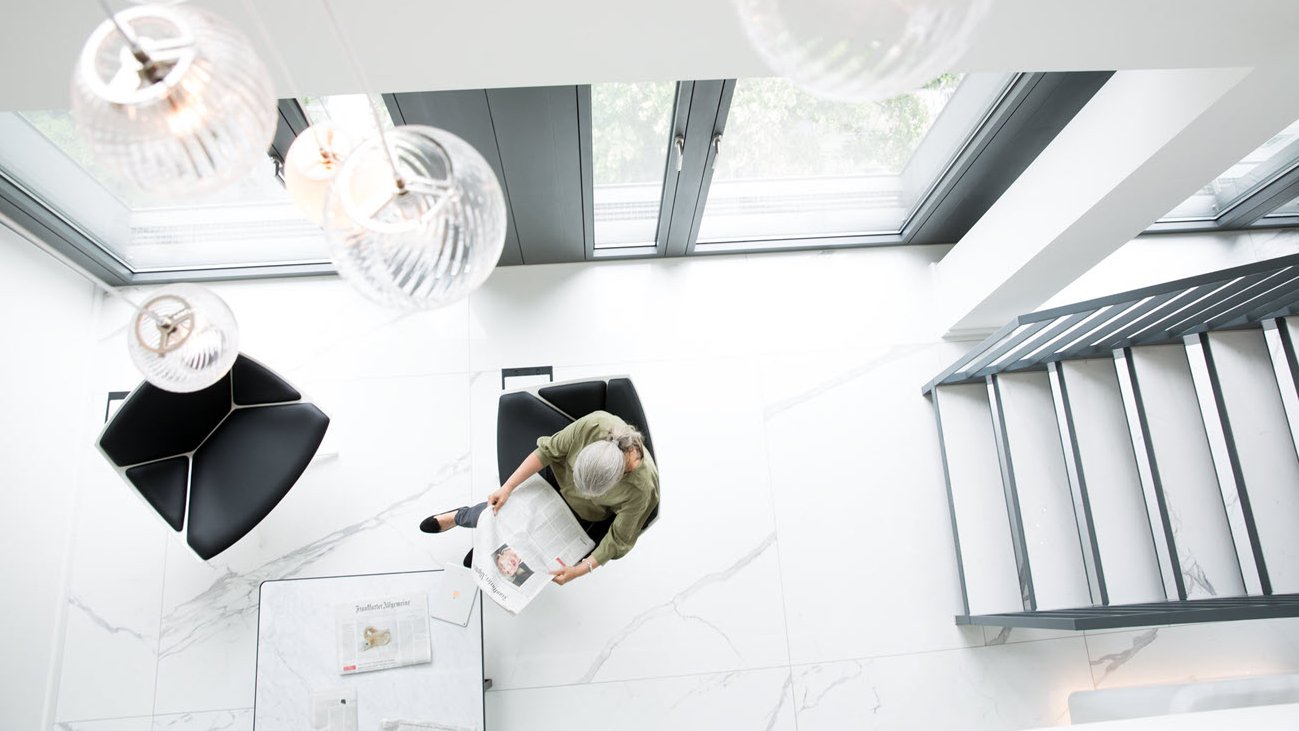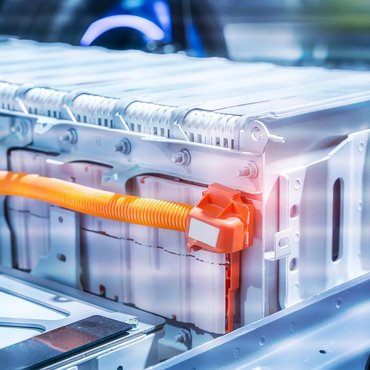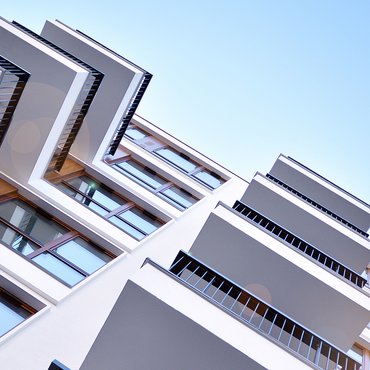Changes in store with amended Electrical and Electronic Act
By amending the German Electrical and Electronic Equipment Act [Elektro- und Elektronikgerätegesetz – ElektroG], the aim is to increase the collection rate for waste electrical and electronic equipment (“WEEE”). Up to now the collection rate of 65% set by the EU has not been reached. What these changes mean, among other things, is that in future we will be able to return those faulty flashlights and old cell phones to nearby large discounters free of charge.
The changes will take effect on 1 January 2022 and seek to increase the collection rate (currently around 43% in Germany) to the target set by the EU Waste Electrical and Electronic Equipment Directive (WEEE Directive) under which at least 65% of the average weight of the electrical equipment put into circulation over the previous three years is to be collected (and then recycled). Both private households and commercial entities will be affected by the amendment to the statute, as shown by the three changes cited by way of example below:
1. Waste electrical and electronic equipment also to be taken back by discounters
That old cell phone stowed away in the drawer, the faulty flashlight down in the cellar and that unused electrical shaver in the bathroom cabinet are no longer to be stored with your personal junk or – in breach of Section 10 (1) of the ElektroG – disposed of with residual waste. An expansion of Section 17 (1) of the ElektroG makes it possible to return such WEEE items to large food retailers as well. This applies to “food retailers with a total sales area of at least 800 square metres which offer and make available on the market electrical and electronic equipment several times during the calendar year or permanently”. With each return, they have to take back up to three WEEE items per equipment type with a maximum side length of 25 cm, regardless of whether they sell the equipment type or whether a new equipment item is purchased. Large WEEE items may be returned only to places where a similar device is purchased. Under the new transitional provision of Section 46 (5) of the ElektroG, this new rule will apply as of 1 July 2022.
Under the amended Section 17 (2) of the ElektroG, this take-back obligation expressly extends to online business. Of decisive importance here is how large the warehousing and dispatch space is. The online retailers concerned must either actively offer pick-up and disposal of the WEEE items (e.g. display screens or large devices with a side length of more than 50 cm) or ensure suitable return options within a reasonable distance from the respective end user (e.g. for lamps and small devices, not for large devices).
If a retailer engages in both in-store and online sales activities, the total space of that retailer is deemed to include all its spaces, i.e. both its sales and warehousing/dispatch spaces. For the legislator, the justification for this is that hybrid distributors of electrical and electronic equipment normally do not separate such spaces but instead use the spaces for both sales types.
2. Take-back concept in B2B
It is also – and especially – the case that in the past manufacturers have taken back only small amounts of WEEE items from areas other than private households (i.e. commercial, B2B) – despite being required to do so under Section 19 of the ElektroG.
In future, manufacturers will have an even greater awareness of this obligation as they will also be required to submit a take-back plan (“Rückgabekonzept”) for WEEE items when they register them. This is owing to a new obligation for WEEE manufacturers within the B2B sector to be introduced by Section 7a of the ElektroG: they are required to submit to “stiftung elektro-altgeräte register” (‘Stiftung ear’) – a joint body for manufacturers subject to the ElektroG – a plan for the take-back and disposal of WEEE in which they set out how they will comply with their take-back obligation. A change to Section 6 of the ElektroG means that they have to submit such a plan when they apply for their registration with Stiftung ear. In future, registration will no longer be possible without a take-back plan. But the new obligation also affects existing registrations. Manufacturers already registered will be required to submit a take-back plan subsequently, and under the revised transitional provision of Section 46 (1) of the ElektroG, manufacturers already registered before 1 January 2022 will have until 30 June 2022 to do so.
The definition of manufacturers within the meaning of ElektroG also includes importers of electrical and electronic equipment in Germany or online providers of such equipment based abroad, see Section 3 No. 9 c) and d) of the ElektroG. At the same time, any distributor offering to sell electrical and electronic equipment of manufacturers not properly registered may also be deemed a manufacturer, see the second half-sentence of Section 3 No. 9 d) of the ElektroG.
3. New due diligence obligations for operators of e-marketplaces and fulfilment service providers
E-marketplace and fulfilment service providers are to be distinguished from operators of websites on which electrical and electronic devices can be offered as well as from service providers that merely store and dispatch electrical and electronic devices. Although the latter are not deemed manufacturers, they are also subject to due diligence obligations under the amended ElektroG. That is also the reason why in the new ElektroG the terms e-marketplace, operator of an e-marketplace and fulfilment service provider are defined in Section 3 No. 11 a) to c) of the ElektroG: the new ElektroG now also requires operators of e-marketplaces and fulfilment service providers such as Amazon and eBay to conduct a careful review of whether the manufacturers whose electrical and electronic equipment they distribute have been registered as required under Section 6 of the ElektroG. They may no longer offer for sale or store, package and dispatch electrical and electronic equipment of unregistered manufacturers. In future Stiftung ear’s register is to provide a way of comparing the data using an electronic interface.
The reason is that more and more WEEE is reaching Germany from abroad through electronic platforms. But manufacturers from abroad also have to comply with the national obligations of the ElektroG. That includes registration in accordance with Section 6 of the ElektroG.
With regard to the registration it should be noted briefly that before a manufacturer can put electrical and electronic equipment into circulation in Germany, such manufacturer or, in the case of authorisation pursuant to Section 8 of the ElektroG, the authorised representative, must register with Stiftung ear together with the respective brand name and equipment type. If all conditions of registration have been met, the applicant manufacturer/ElektroG-authorised representative is provided with a registration notification and is published in the list of registered manufacturers and authorised representatives as manufacturer or ElektroG-authorised representative of the represented manufacturer together with the brand name and equipment type. The manufacturer must provide the registration number when offering the items and state the same on its invoices (Section 6 (3) of the ElektroG). Failure to comply with these obligations constitutes a breach of an administrative regulation pursuant to Section 45 (1) No. 1 and 3 of the ElektroG, rendering the manufacturer liable to an administrative fine as high as EUR 100,000.
(Article 1 of the First Act Amending the Electrical and Electronic Equipment Act [Erstes Gesetz zur Änderung des Elektro- und Elektronikgerätegesetz] of 20 May 2021, Federal Law Gazette I p. 1145, not yet in force)
Juliane Hofmann, Lawyer, Berlin

Subscribe to our GvW Newsletter here - and we will keep you informed about the latest legal developments!




